elemintalshop
Airavata the 3-Headed White Elephant King 20 Cents Laos Authentic Coin Money for Jewelry (Lotus) (Hole in Coin) (1952) (7-Folded Umbrella)
Airavata the 3-Headed White Elephant King 20 Cents Laos Authentic Coin Money for Jewelry (Lotus) (Hole in Coin) (1952) (7-Folded Umbrella)
Couldn't load pickup availability
Airavata the Three-Headed Elephant King 20 Cents Laos Authentic Coin Money for Jewelry and Craft Making (Lotus Blossom) (Empty Hole in Coin) (Kingdom of Laos) (1952) (Seven-Folded Umbrella)
Obverse: Version of the Coat of Arms of the Kingdom of Laos, with Three-Headed Elephant and Seven-Folded Umbrella.
Lettering: ROYAUME DU LAOS ພະຣາຊະອານາຈັກລາວ
1952
Translation: Kingdom of Laos
1952
Reverse: Lotus petals surrounding empty hole in coin.
Lettering:
໑໙໕໒
໒໐ ອັດ
20 CENTS
1952
Translation:
20 Cents
1952
Features
Issuer Laos
Type Standard circulation coin
Year 1952
Value 20 Cents (0.2)
Currency Piastre (1952)
Composition Aluminium
Weight 2.23 g
Diameter 27 mm
Thickness 2.2 mm
Shape Round with a round hole
Orientation Coin alignment ↑↓
Demonetized Yes
Number N# 1299
References KM# 5, Schön# 2
The emblem of the Kingdom of Laos was a three headed elephant named Airavata. Airavata is a huge elephant which has three, sometimes 33 heads. The heads are often shown with more than two tusks. In Hinduism, Airavata (raFt) is a white elephant who carries Lord Indra, the King of Gods and Lord of Heaven.
According to the Matangalila, Airavata was born when Brahma sang sacred hymns over the halves of the egg shell from which Garuda hatched, followed by seven more male and eight female elephants. Prithu made Airavata king of all elephants. One of his names means ‘the one who knits or binds the clouds’. This is because these elephants are capable of producing clouds.
Airavata is the mount of each one of the eight guardian deities who preside over the eight points of the compass.
A reference to Airavata in the Bhagvad Gita reads:
“Of horses, know Me to be the nectar-born Ucchaisravas; of lordly elephants, Airavata and of men, the monarch.” (Chapter 10, Verse 27)
Airavata was crested with a sevenfolded umbrella, the emblem of a sovereign ruler.
Source: http://www.hubert-herald.nl/Laos.htm
**********
Wikipedia:
In the Aṅguttara Nikāya, the Buddha compares himself to a lotus (in Pali, paduma), saying that the lotus flower raises from the muddy water unstained, as he raises from this world, free from the defilements taught in the specific sutta.
In Buddhist symbolism, the lotus represents purity of the body, speech and mind, as if floating above the murky waters of material attachment and physical desire. According to legend, Gautama Buddha's first steps made lotus flowers appear everywhere he stepped. In Tibet, Padmasambhava, the Lotus-Born, is considered the Second Buddha, having brought Buddhism to that country by conquering or converting local deities; he is normally depicted holding a flower. Lotus thrones are the normal pedestal for most important figures in Buddhist art.
Wikipedia:
Śūnyatā (Sanskrit: शून्यता, romanized: śūnyatā; Pali: suññatā) – pronounced in English as /ʃuːnˈjɑː.tɑː/ (shoon-ya-ta), translated most often as emptiness, vacuity, and sometimes voidness – is a concept found in diverse religions from Buddhist, Shaivite and Vaishnavite, which has multiple meanings depending on its doctrinal context.
In Theravāda Buddhism, Suññatā often refers to the non-self (Pāli: anattā, Sanskrit: anātman) nature of the five aggregates of experience and the six sense spheres. Suññatā is also often used to refer to a meditative state or experience.
In Mahāyāna Buddhism, śūnyatā refers to the tenet that "all things are empty of intrinsic existence and nature (svabhava)", but may also refer to the Buddha-nature teachings and primordial or empty awareness, as in Dzogchen, Shentong, or Chan.
********
Wikipedia:
The Kingdom of Laos was a constitutional monarchy that served Laos beginning with its independence on 9 November 1953. The monarchy survived until December 1975, when its last king, Sisavang Vatthana, surrendered the throne to the Pathet Lao, who abolished the monarchy in favour of a Marxist–Leninist state called the Lao People's Democratic Republic, which has controlled Laos ever since.
Given self-rule with the new Constitution in 1947 as part of the French Union and a federation with the rest of French Indochina, the 1953 Franco-Lao Treaty finally established a sovereign, independent Laos, but did not stipulate who would rule the country. In the years that followed, three groups led by the so-called Three Princes, contended for power: the neutralists under Prince Souvanna Phouma, the right-wing party under Prince Boun Oum of Champassak, and the left-wing, North Vietnamese-backed Pathet Lao under Prince Souphanouvong and future Prime Minister Kaysone Phomvihane.
The Pathet Lao would eventually emerge victorious in the Laotian Civil War and establish the Lao People's Democratic Republic in 1975.
Share
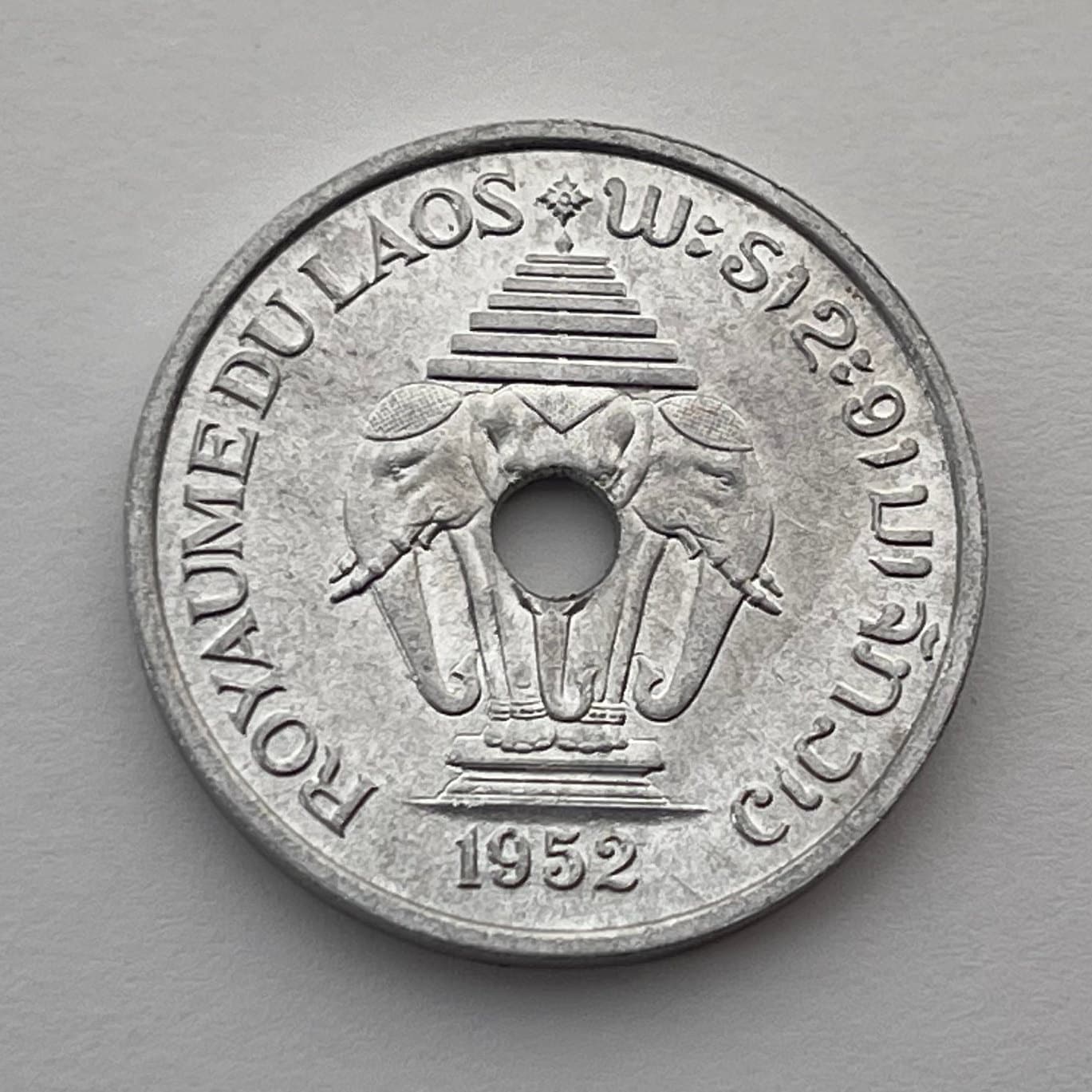
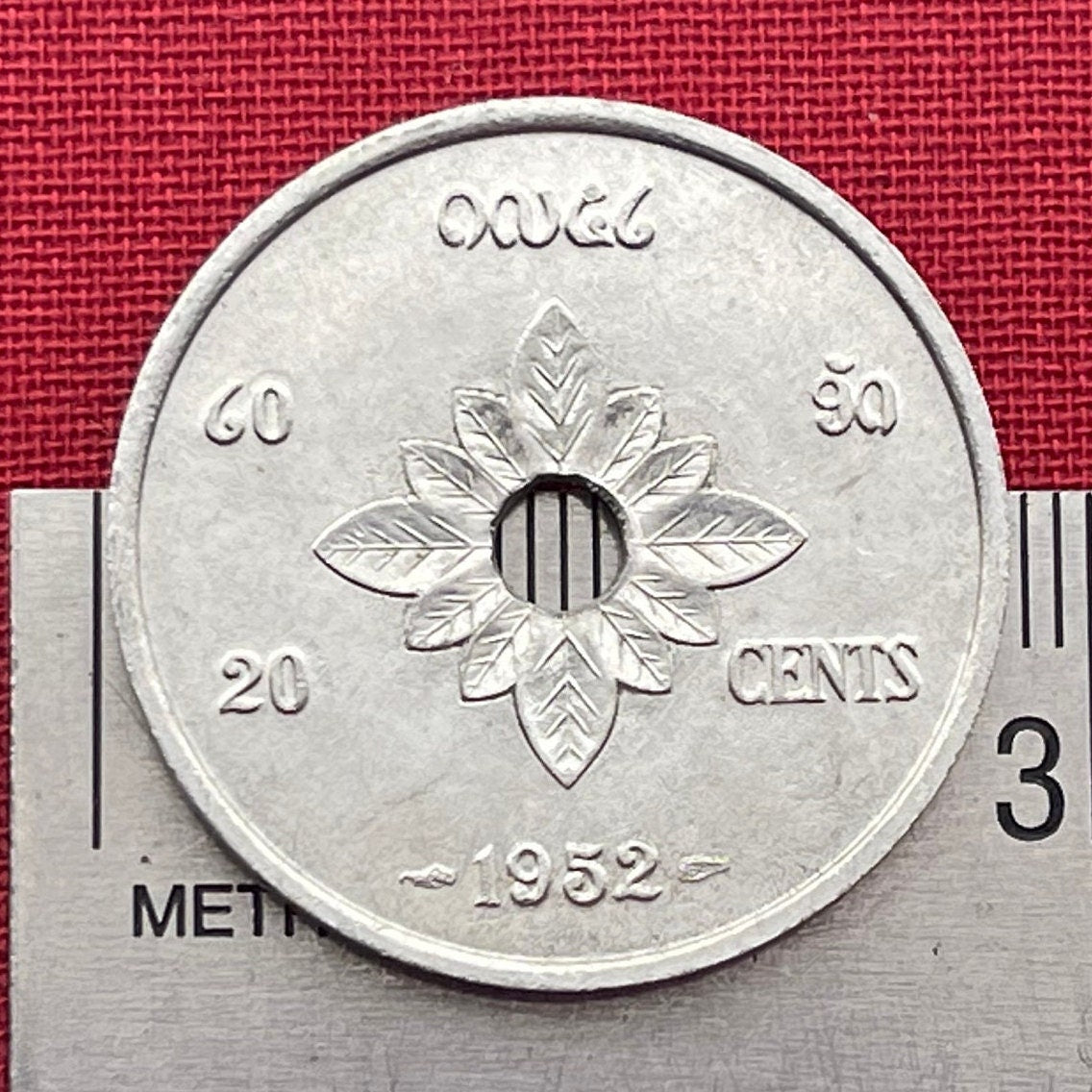
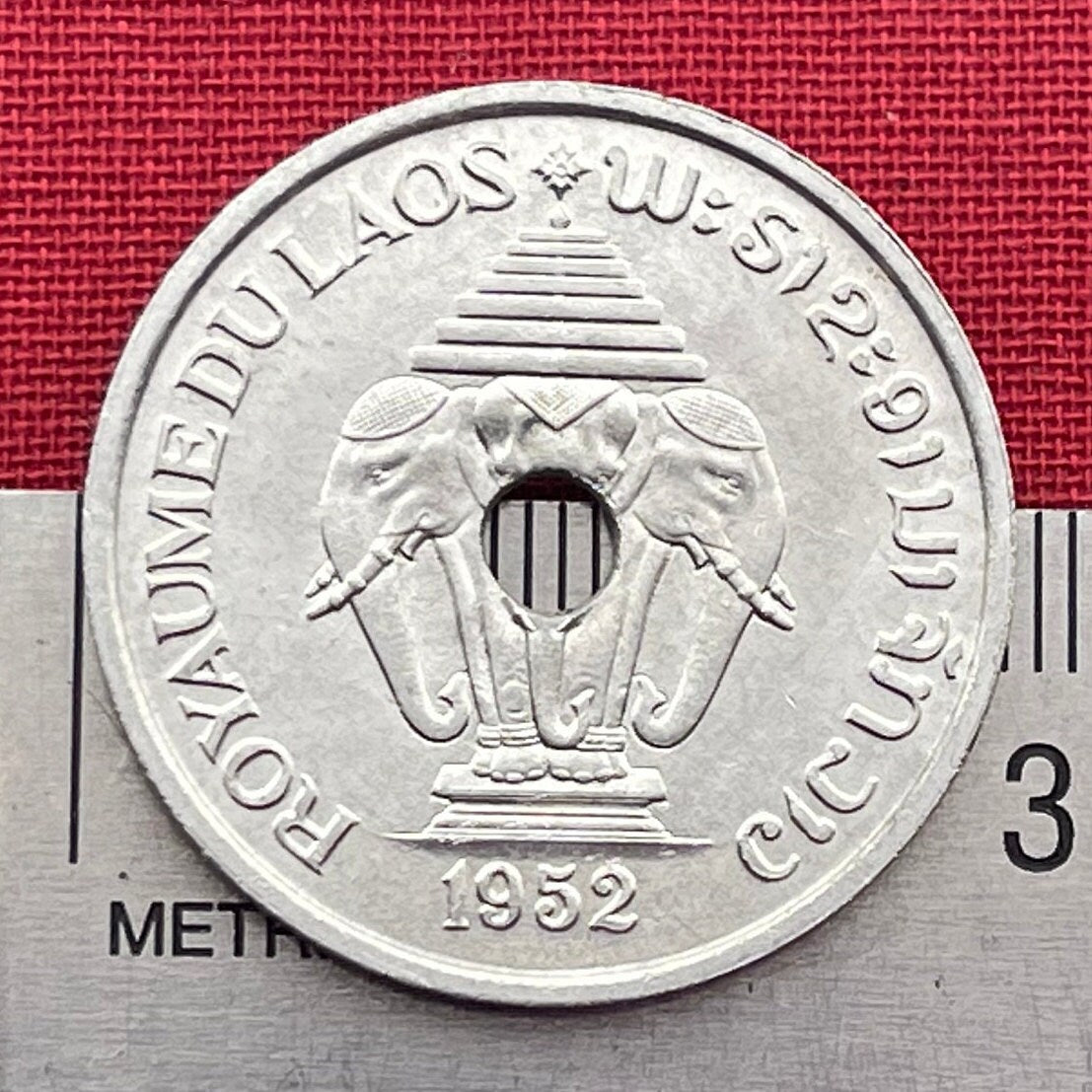
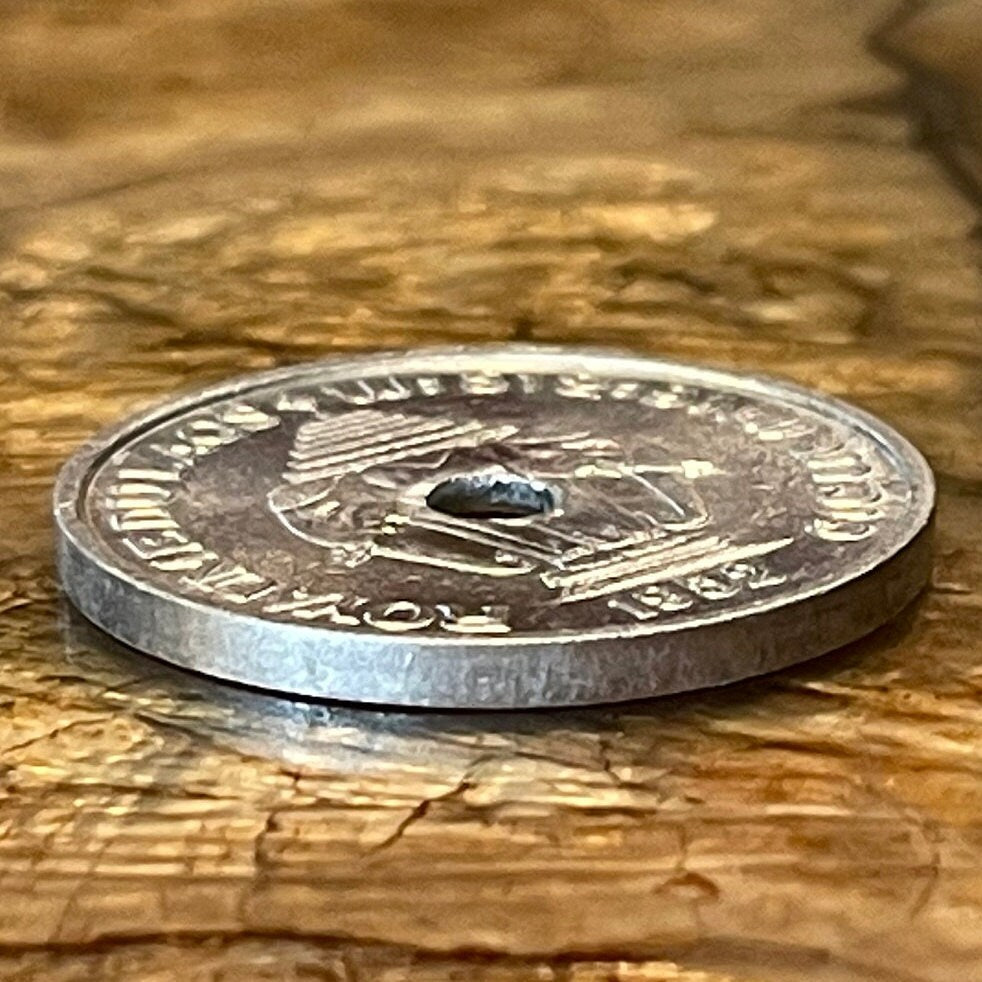
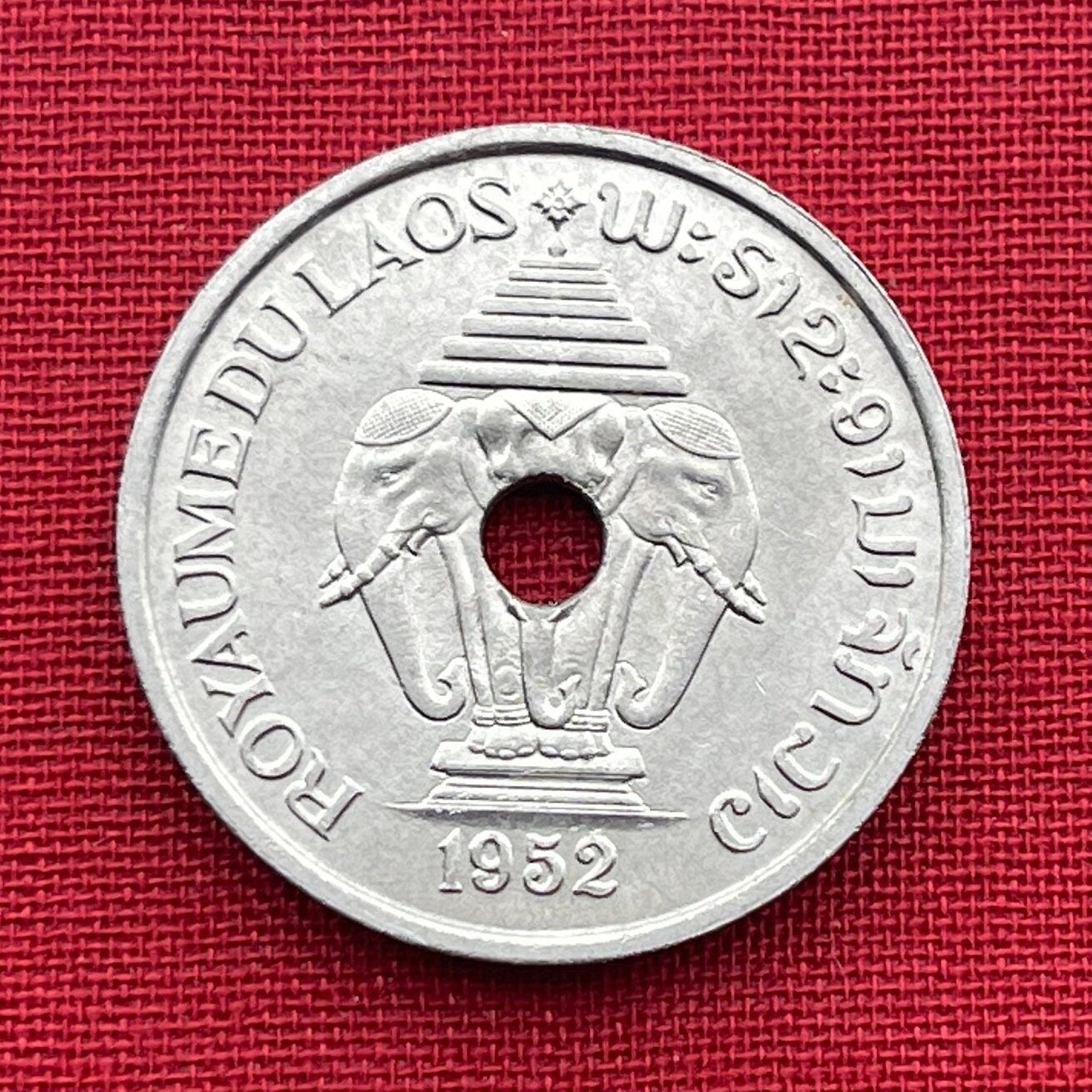
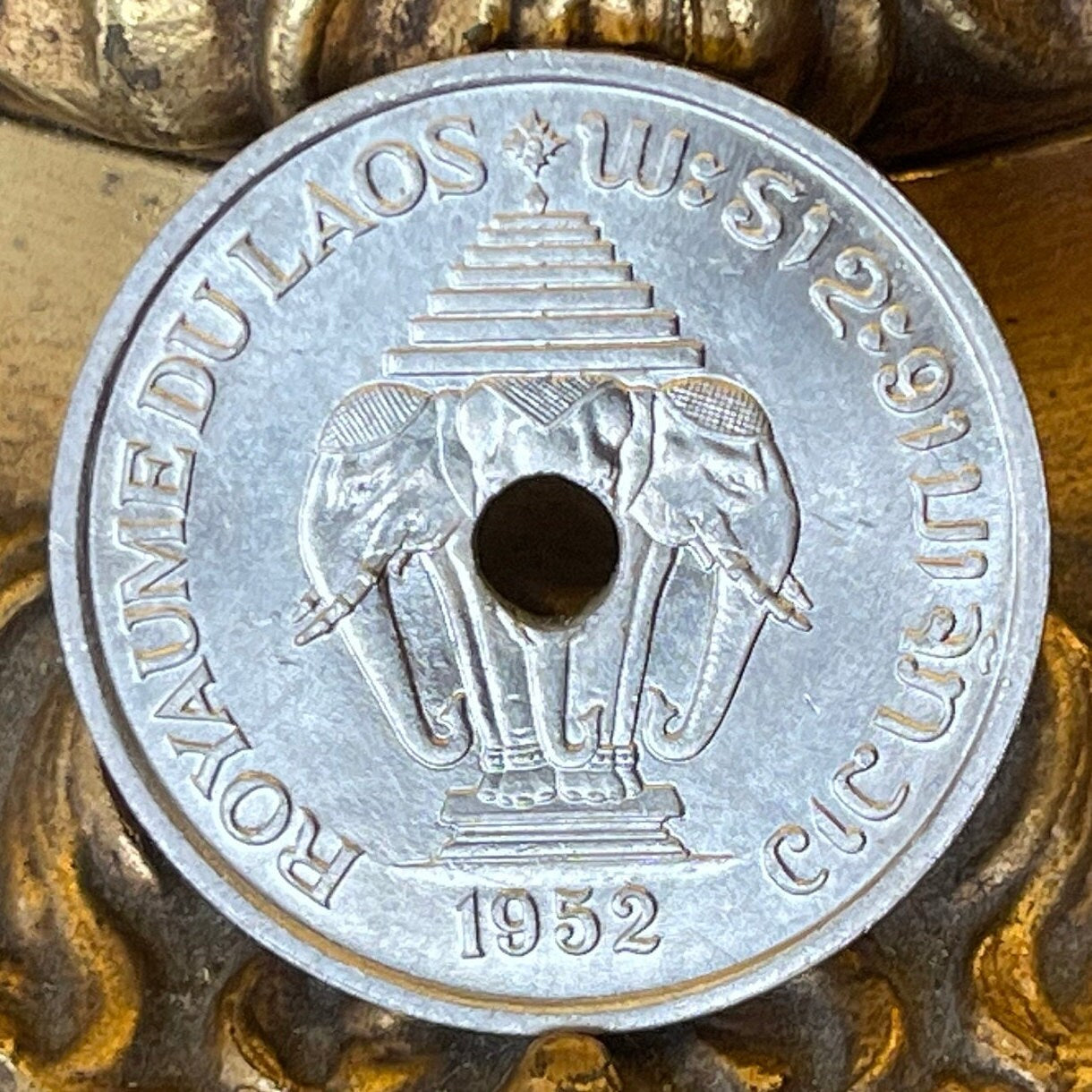
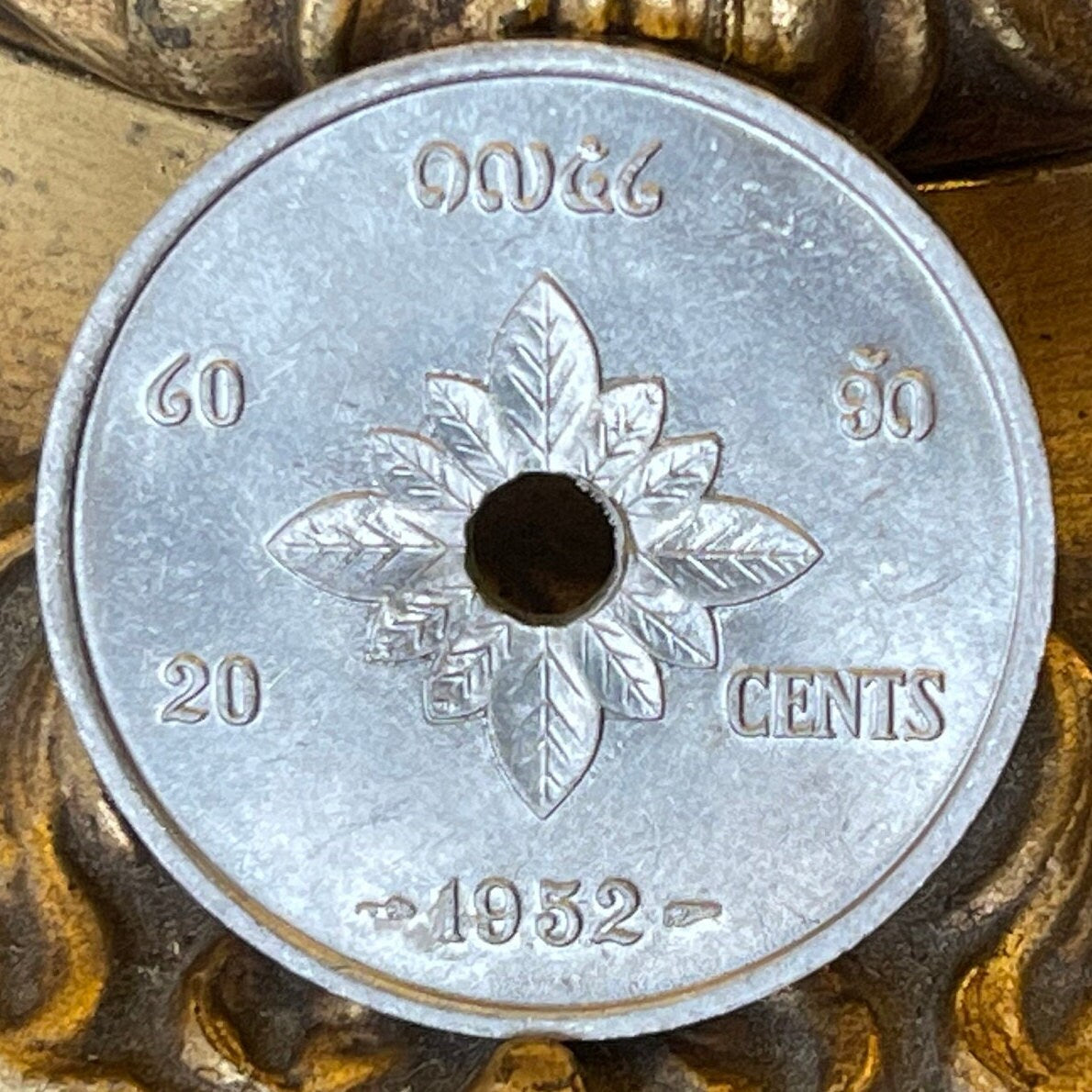
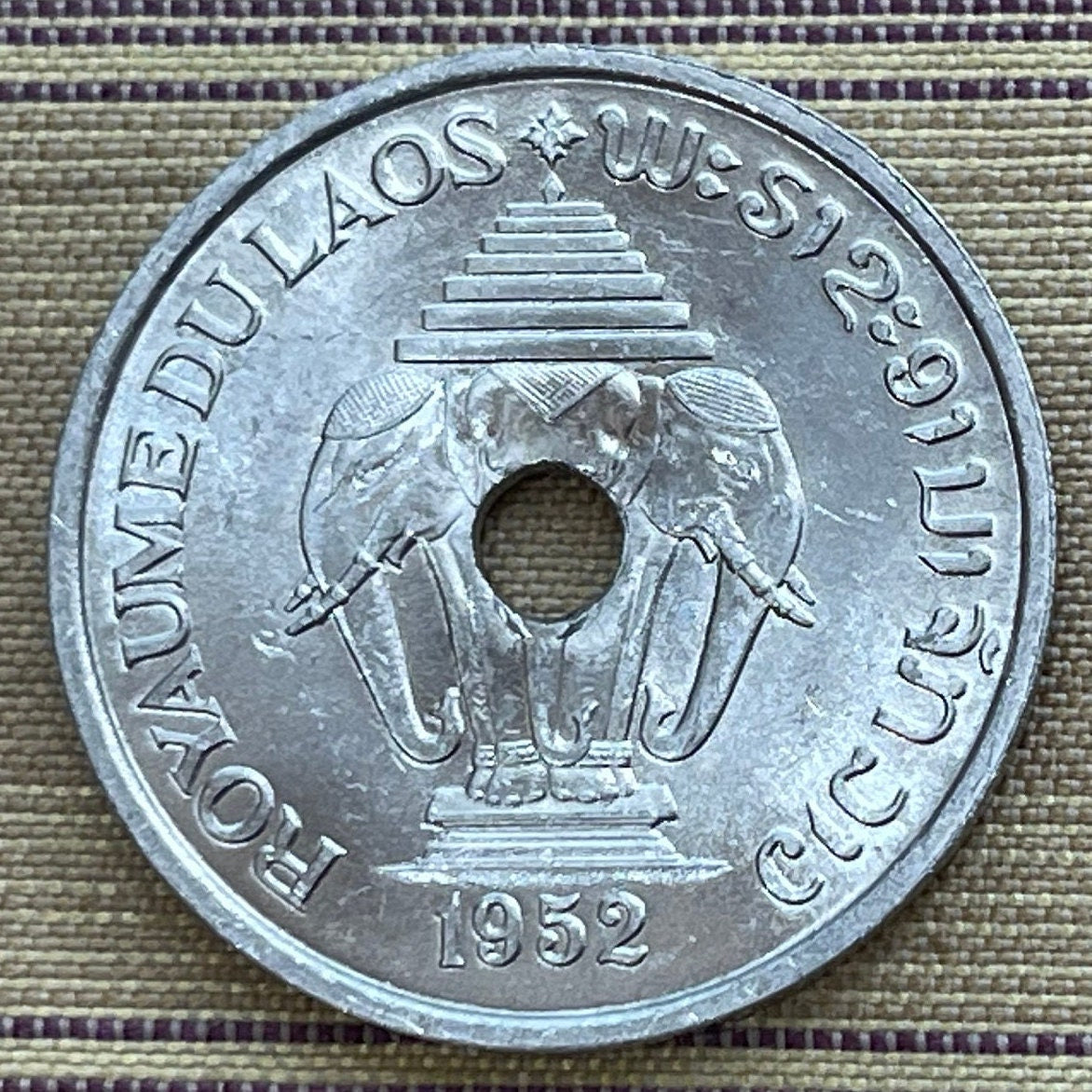
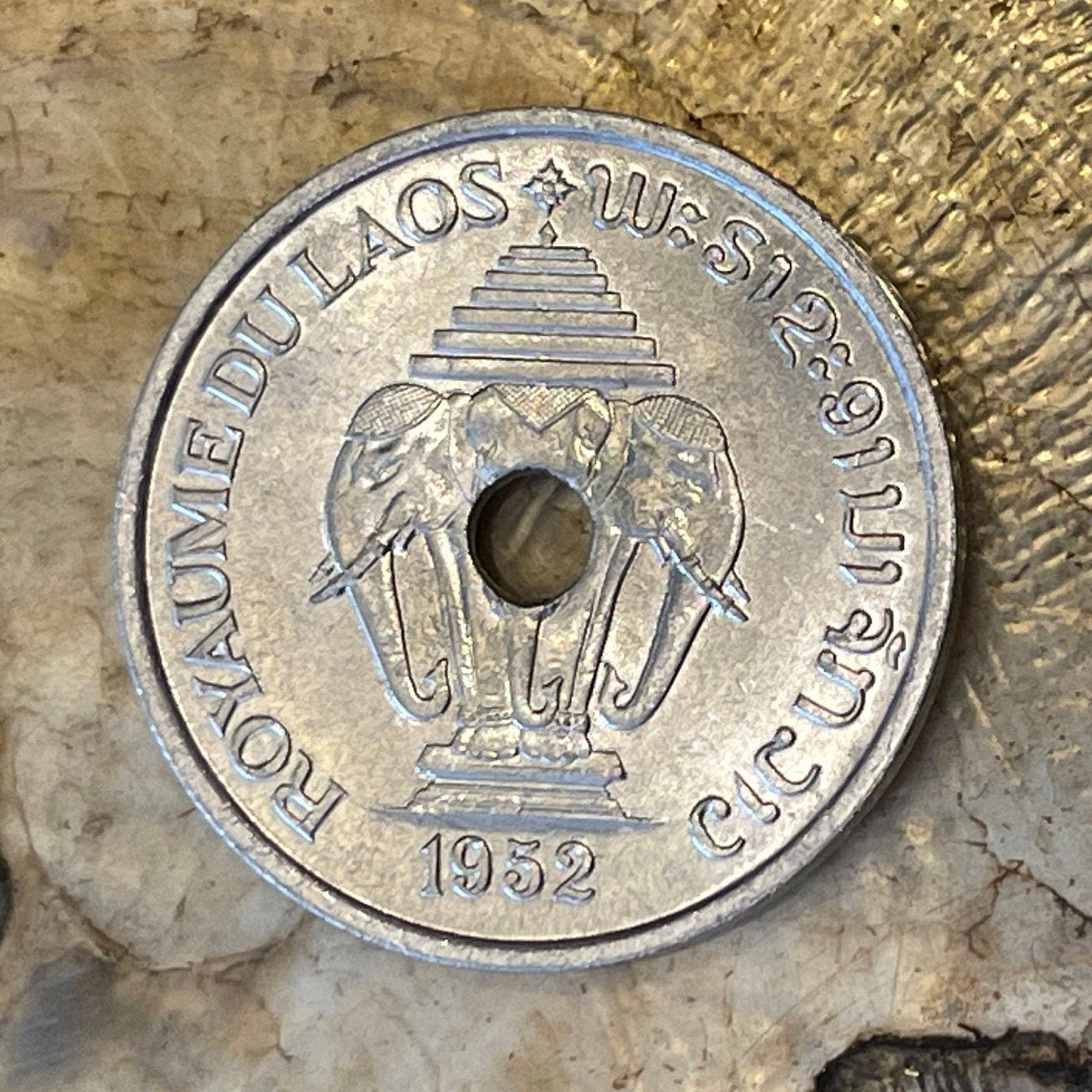
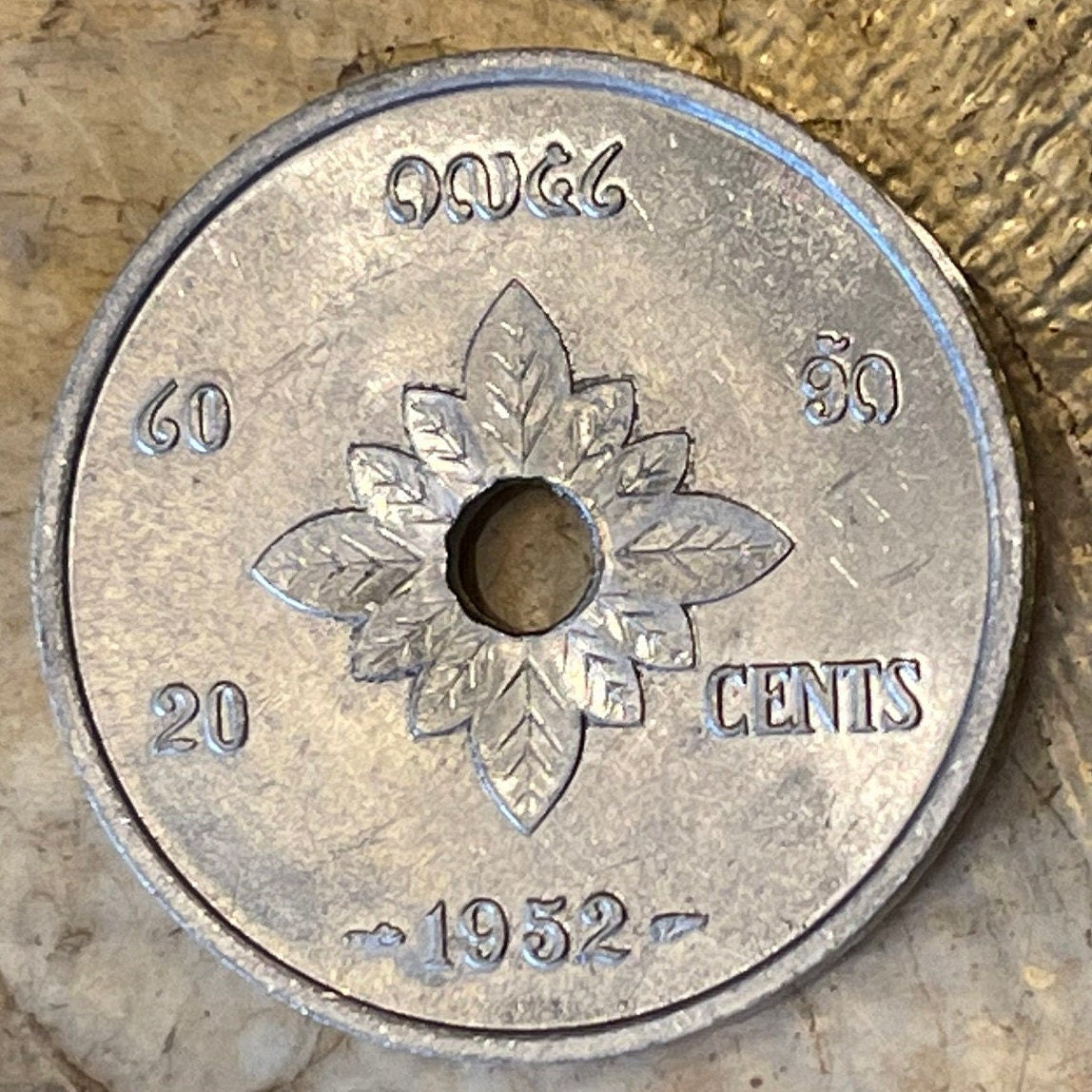
Livraison rapide (quelques jours pour la France), bien emballée, pièces originales
Beautiful coins, fast shipping (a few days for France) and well packaged.
Thanks
The coin is in very good condition and arrived very quickly. Thank you!









